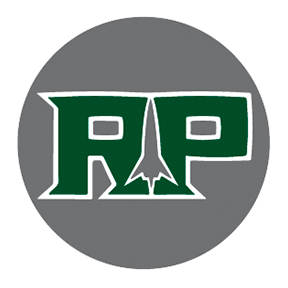Have you ever wondered what is in the water that you swim, jump, surf, and relax in during a hot summer afternoon? At Reeths-Puffer High School, students had a great opportunity to partner with Grand Valley State University and take a ride on a water testing vessel over Muskegon Lake and Lake Michigan to answer this very question.
Both Environmental Science and AP Environmental Science have had the great opportunity to go on this field trip. “This 90-minute boat trip will depart from the Annis Water Resources Institute, where students will explore real-world scientific methods used to study water quality,” Mr. Smit explained.
One of the big questions that students had to answer while on the trip was trying to figure out whether the two lakes tested are Oligotrophic, Mesotrophic, and Eutrophic (O.M.E), as is illustrated in this image.
(Coloring done by Sam Krol)
Before departing on the field trip, our students heard from a guest speaker, Rachel Kent, from the MAISD. Mrs. Kent gave some very useful information, handed out the tools the students would be using, and was able to demonstrate how they will be using them so they have some insights before leaving. She had also given information about how to appropriately prepare for the lake conditions. “Temps will be 10 degrees colder over Muskegon Lake,” Mrs. Kent exclaimed. Kent’s suggestions were taken seriously by students, since her experience in this area covered “the last 30 years.”
Pictures taken by Kylie Riner
` Students were encouraged to wear goggles, gloves, and close-toed rubber shoes for safety. Sam Krol explained, “I had to wear goggles to make sure they fit, I also had to wear gloves and make sure I didn’t touch my face.” The Reeths- Puffer student scientists were out for 2 hours on the boat gathering data.
Students were able to test and collect data out on the deck of the boat. Mackenzie Martin explained this process: “I was on the back of the boat outside. We threw the bucket in the water and we filled up the Turbidity tube 4 times. We had a test for alkalinity to see how clear the water was.” Students were also able to test and collect in the built-in laboratory on the boat. Andrea Marshall discussed this further, “We tested the water from the tops of the lake to the bottom for ph levels.”
Afterwards, students were able to bring home their test papers and data.
All tests that RPHS student scientists collected as a class will go into a data chart that everyone in the world will be able to have access to. This extension of the classroom illustrates that RPHS students’ efforts not only impact and deepen their own learning, but also impact the world they live in.
Written by Kylie Riner

